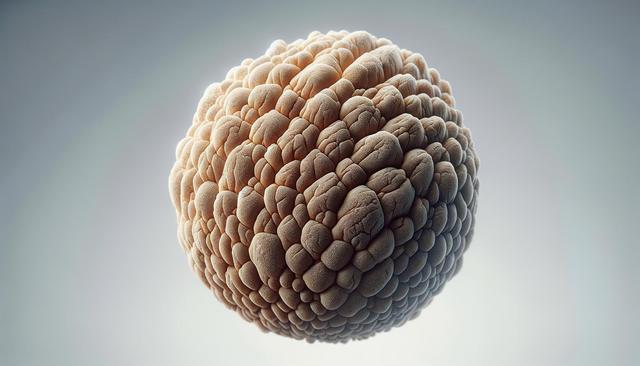What Is a Hard Callus and Why Does It Form?
A hard callus is a thickened area of skin that develops due to repeated pressure or friction. Unlike soft calluses, which may appear moist or rubbery, hard calluses are dry and dense, often forming on areas of the feet that bear the most weight. Common locations include the ball of the foot, the heel, the big toe, and the side of the toes. For instance, a hard callus on the bottom of foot or a hard callus on ball of foot often forms from prolonged walking or poorly fitting footwear.
When the skin is exposed to continuous stress, it creates a protective barrier in the form of a callus. This natural response helps shield deeper layers of tissue from damage. However, when the callus becomes too thick, it may lead to discomfort, especially when walking or standing for long periods. Over time, a hard callus on big toe or a hard callus on heel can become painful and may even crack if not properly addressed.
Common Causes of Hard Calluses on Feet
The formation of a hard callus on the feet can result from a variety of everyday activities and conditions. Understanding these causes can help in both prevention and treatment. Factors that commonly contribute include:
- Wearing tight or ill-fitting shoes that cause friction
- Walking or running for extended periods without proper footwear
- Standing for long hours, particularly on hard surfaces
- Foot deformities that alter weight distribution
- Lack of moisture, leading to dry skin prone to thickening
For example, a hard callus on side of big toe may be due to shoes that are too narrow, forcing the toe against the shoe wall. Athletes and individuals who are on their feet all day are particularly prone to developing hard calluses due to repetitive motion and pressure. Even minor gait abnormalities can redirect pressure and lead to the formation of a hard callus on ball of foot or heel.
Identifying and Monitoring Hard Calluses
Recognizing a hard callus early can prevent discomfort and complications. These calluses appear as rough, thick patches of skin that may be yellowish or gray in color. They are usually painless at first, but as they thicken, they can lead to localized pressure and soreness.
There are specific signs to look out for:
- Noticeable thickening of the skin in areas like the heel or ball of the foot
- Dry, flaky, or cracked surface texture
- A firm or hardened lump under the skin
- Sensitivity or pain when walking or wearing certain shoes
If you notice a hard callus on bottom of foot or a hard callus on big toe, it’s important to monitor its development. Severe cases may require attention from a healthcare provider, especially if there are signs of infection, such as redness, swelling, or discharge. People with diabetes should be particularly cautious, as foot issues can escalate quickly without proper care.
Effective Treatment Options for Hard Calluses
There are several ways to treat and manage hard calluses at home or with professional help. The goal is to reduce the thickness of the callus and relieve pressure on the affected area. Common treatment methods include:
- Soaking the feet in warm water to soften the skin
- Using a pumice stone or foot file to gently exfoliate the callus
- Applying moisturizing creams, especially those containing urea or salicylic acid
- Wearing properly fitting shoes with cushioned soles
- Using protective pads or insoles to redistribute pressure
In some cases, particularly stubborn hard calluses on heel or ball of foot may need to be trimmed by a podiatrist. It’s important not to cut calluses at home with sharp objects, as this can lead to injury or infection. Regular maintenance, like moisturizing and exfoliating, can help keep hard calluses from returning.
Preventing Hard Calluses from Forming
Prevention is key when it comes to managing hard calluses. Simple adjustments in daily habits can significantly reduce the risk of developing them. Here are some effective preventive measures:
- Choose shoes that provide adequate support and have enough room for toes
- Use orthotic inserts if you have foot structure issues or pressure points
- Inspect your feet regularly, especially if you are prone to calluses
- Keep your feet moisturized to prevent dryness and cracking
- Alternate your footwear to avoid repetitive pressure on the same spots
Maintaining good foot hygiene and taking small steps daily can make a big difference. Whether you’re dealing with a hard callus on side of big toe or one on the heel, being proactive with your foot care routine can help you stay comfortable and avoid complications.
Conclusion: Caring for Your Feet Long-Term
Hard calluses may seem like a minor issue, but if left untreated, they can lead to significant discomfort and even affect mobility. By understanding why they form and how to treat them, you can take effective steps to keep your feet healthy. Whether it’s a hard callus on bottom of foot or on the side of the big toe, regular care, proper footwear, and attention to early signs can help prevent problems before they start. Prioritizing foot health is a simple yet impactful way to improve overall comfort and well-being.












